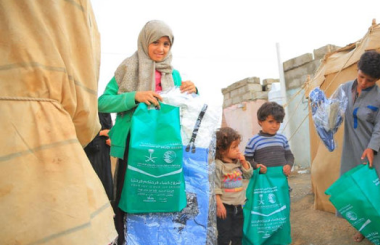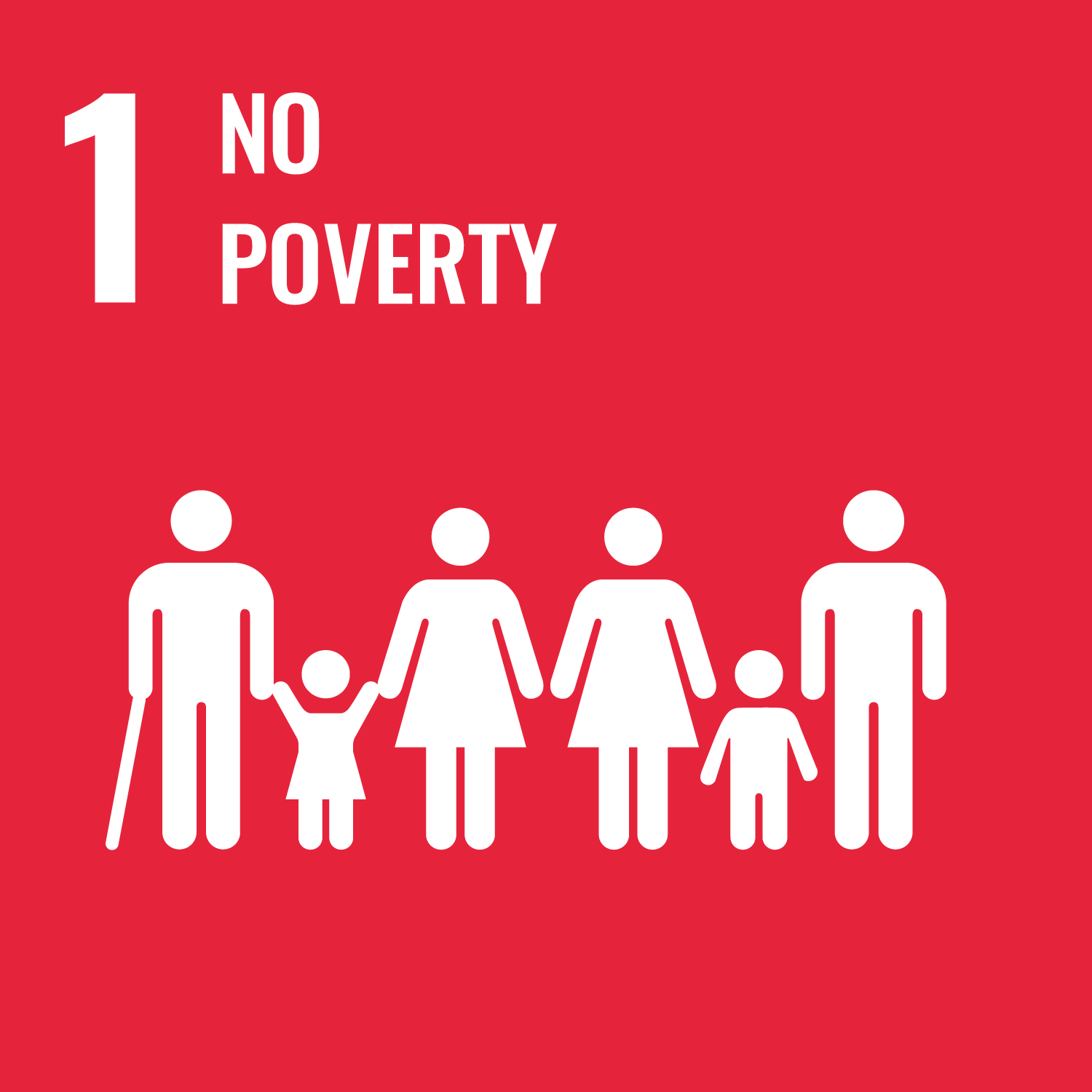Eradicating extreme poverty for all people everywhere by 2030 is a central goal of the 2030 Sustainable Development Agenda. Extreme poverty, defined as living on less than $2.15 per person per day according to the 2017 purchasing power parity standard, has significantly decreased over recent decades. However, the emergence of COVID-19 marked a turning point that reversed these gains, with the number of people living in extreme poverty increasing for the first time in a generation by about 90 million people compared to previous forecasts.
Even before the pandemic, momentum toward eradicating poverty had slowed. Current projections indicate that by the end of 2022, 8.4% of the global population, or up to 670 million people, will remain trapped in extreme poverty. This setback has erased nearly three years of progress in poverty reduction efforts.
If current trends continue, an estimated 7% of the global population—about 575 million people—may find themselves stuck in extreme poverty by 2030, with a significant concentration in the Sub-Saharan Africa region. Among the equally shocking and concerning findings, hunger levels have returned to those last recorded in 2005, and food prices have continued to rise in more countries compared to the period from 2015 to 2019. This dual challenge of poverty and food security presents a severe global concern.

